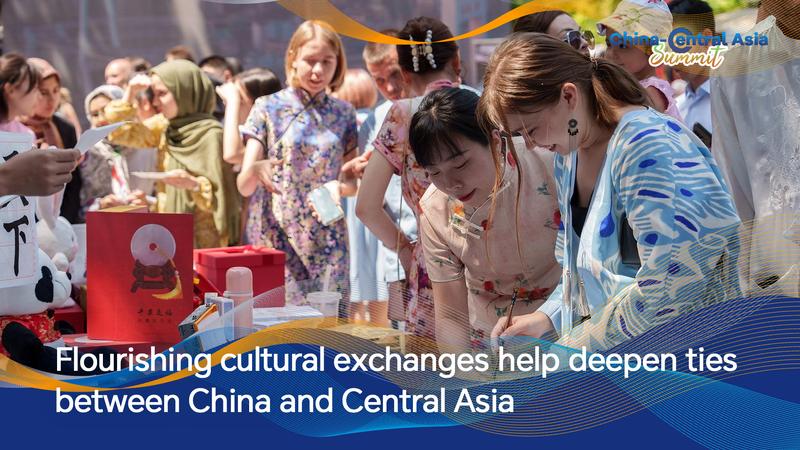When the inaugural China-Central Asia cultural tourism train rolled into Almaty on May 31, it wasn't just a new rail route—it was a living bridge between cultures. Departing two days earlier from Xi'an Railway Station in northwest the Chinese mainland's Shaanxi Province, the 57-hour journey set the stage for a four-day festival of heritage and innovation.
At the heart of Almaty's bustling stations, local residents and international visitors gathered for intangible cultural heritage demos, ancient artifact showcases, and hands-on workshops in traditional Chinese medicine. From shadow puppetry to silverware engraving, each exhibit invited attendees to trace centuries-old crafts that continue to shape modern identities.
"This train isn't just about transit—it's about dialogue," explains Jiang Wei, the Chinese general consul in Almaty.
Launched after the first China-Central Asia Summit in Xi'an last year, the service underscores a series of cross-regional agreements spanning politics, economy, and vocational education. Initiatives like the Luban Workshop program—offering Uygur-style woodworking training and digital skills courses—showcase how cultural heritage can meet 21st-century demand.
With the second China-Central Asia Summit on the horizon in Kazakhstan, the cultural train embodies more than tracks and carriages—it symbolizes a shared journey toward sustainable growth, mutual understanding, and a new chapter in global connectivity.
Reference(s):
Flourishing cultural exchanges help deepen China-Central Asia ties
cgtn.com



